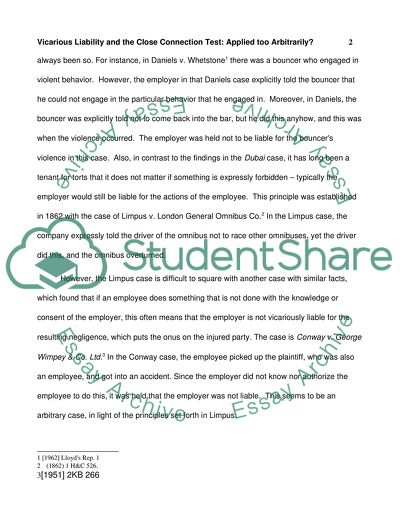Cite this document
(“Vicarious Liability and the Close Connection Test Essay”, n.d.)
Retrieved from https://studentshare.org/law/1401998-law-of-tort-coursework
Retrieved from https://studentshare.org/law/1401998-law-of-tort-coursework
(Vicarious Liability and the Close Connection Test Essay)
https://studentshare.org/law/1401998-law-of-tort-coursework.
https://studentshare.org/law/1401998-law-of-tort-coursework.
“Vicarious Liability and the Close Connection Test Essay”, n.d. https://studentshare.org/law/1401998-law-of-tort-coursework.


